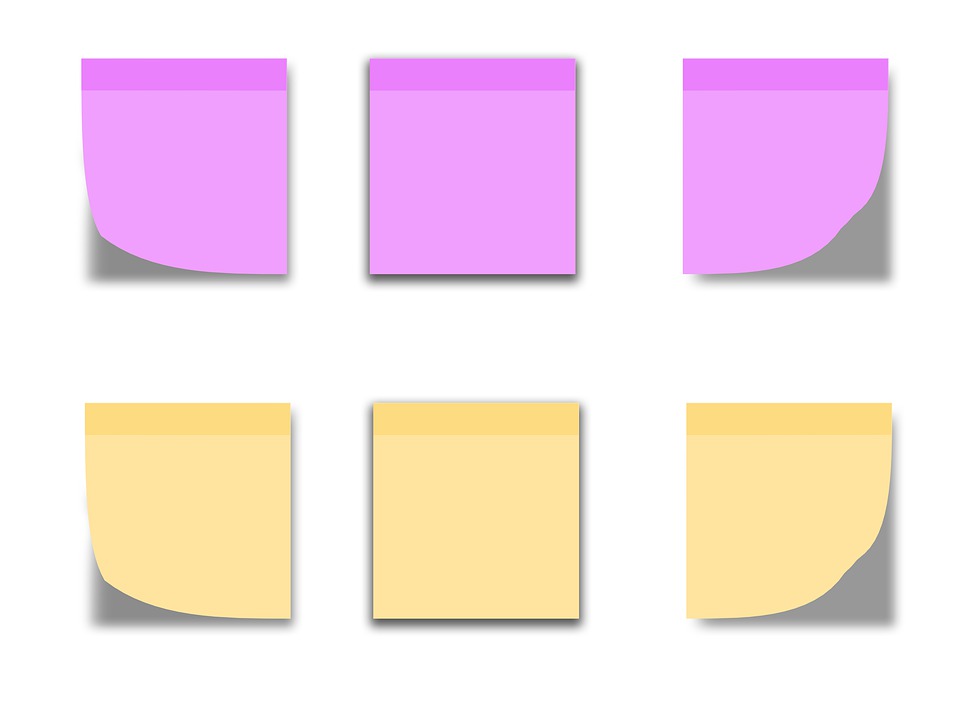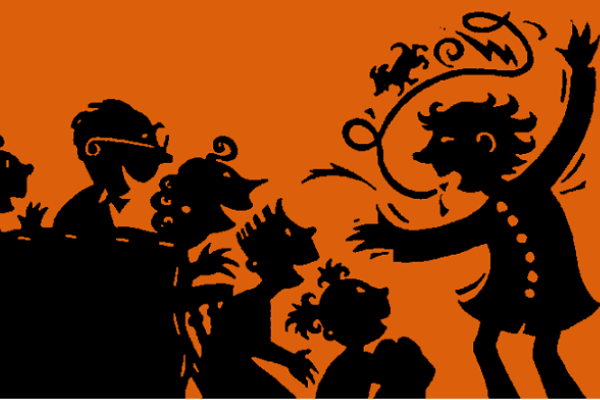Thinking is one of our most powerful resources in the workplace. As professionals in the field of learning and development (L&D), we are constantly helping individuals and teams to think more effectively, collaborate better, and make stronger decisions. One of the frameworks we’ve found enduringly useful over the years – both for ourselves and for our clients – is Dr. Edward de Bono’s Six Thinking Hats.
In our experience, the Six Thinking Hats framework continues to remain relevant – and perhaps even more powerful – in today’s hybrid, fast-paced, and often ambiguous corporate world. In this updated post, we explore the concept, break down each hat, and offer fresh insights from the lens of team dynamics, decision-making, and leadership development. This article is written especially for HR professionals, L&D facilitators, managers, and anyone involved in driving collaboration and strategic thinking within teams.
Related Reading: Emergenetics for Teams
Why The Six Thinking Hats Still Matter Today
Table of Contents
The Six Thinking Hats method is all about structured thinking. In an age where attention is fragmented and decisions often rushed, the simplicity of this framework brings tremendous value. It gives teams a language and structure to explore ideas, make decisions, and even navigate conflict. As facilitators, we’ve repeatedly seen how using the Six Hats during meetings or problem-solving sessions leads to faster consensus and more thoughtful solutions.
The beauty of this framework is that it allows a group of people to think in parallel, rather than debating. It also separates ego from idea – a critical shift that makes thinking more productive, creative, and respectful.
Let’s revisit each of the hats, explore how they show up in real-world situations, and offer examples of how you can apply them in your learning and development work.
The White Hat: Objective Facts and Data
White represents neutrality and clarity – much like a blank sheet of paper. Wearing the White Hat means we focus only on data, facts, and available information.
Key Questions:
- What information do we have?
- What information is missing?
- What do we need to find out?
- Where can we get that information?
In our L&D practice, we’ve noticed that teams often jump straight to problem-solving or expressing opinions, without first grounding themselves in the available data. Using the White Hat deliberately at the start of a meeting creates alignment. It ensures the conversation starts with a shared understanding.
L&D Tip: Begin a training needs assessment or performance gap analysis with a White Hat discussion. It helps shift the focus from assumptions to evidence.
Related Reading: Training Needs Assessment: A Comprehensive Guide to Boosting Organizational Performance
The Red Hat: Emotions, Intuition, and Gut Feelings
Red is the color of passion and intensity. This hat allows participants to express their feelings without needing to justify them.
Examples:
- “I have a bad feeling about this direction.”
- “I feel optimistic about this proposal.”
In the corporate world, emotions are often under-acknowledged in meetings, yet they silently drive many decisions. We’ve seen how creating a safe space for Red Hat thinking helps leaders acknowledge the undercurrent of emotions – such as fear, excitement, or resistance – that may otherwise derail a team later on.
L&D Insight: In leadership training, we encourage participants to explore their intuitive responses to situations. Often, their instincts reflect underlying concerns or insights that need to be voiced.
Related Reading: Harnessing Emotional Intelligence: Key Takeaways from Daniel Goleman’s Working with Emotional Intelligence
The Black Hat: Caution and Risk Assessment
The Black Hat is one of the most critical hats in decision-making. It’s about logical caution, identifying obstacles, risks, and potential problems.
This hat is not about negativity – it’s about realism. In our workshops, we’ve noticed that skilled Black Hat thinking actually prevents teams from making avoidable mistakes. The problem arises when this hat is overused and teams slip into constant fault-finding or risk-aversion.
L&D Perspective: When working with innovation teams, we often introduce time-boxed Black Hat segments. This ensures concerns are raised without derailing the flow of ideas.
The Yellow Hat: Optimism and Benefits
Yellow is the color of sunlight and positivity. Under this hat, participants explore the value, potential, and benefits of an idea.
In our experience, Yellow Hat thinking needs to be cultivated intentionally. Many professionals – particularly in risk-heavy or compliance-driven industries – have been conditioned to think defensively. But innovation and leadership require optimism. The Yellow Hat creates space for this.
Example: During a recent strategy workshop, one leader initially dismissed a bold idea. But under the Yellow Hat, she explored its potential and ended up championing the concept. That shift wouldn’t have happened without this deliberate mode of thinking.
L&D Tip: Use Yellow Hat thinking in coaching sessions to help leaders shift from risk-aversion to opportunity-sensing.
Related Reading: How To Build A Positive Work Culture?
The Green Hat: Creativity and Possibility
Green symbolizes growth, energy, and fresh ideas. This is the hat for divergent thinking – where we generate new approaches, consider alternatives, and take imaginative leaps.
In our creativity and innovation sessions, the Green Hat is a favorite. It gives teams permission to brainstorm wildly, to challenge assumptions, and to ask “what if?”
We’ve noticed that without the safety net of a Green Hat moment, many professionals hesitate to share bold or unconventional ideas. But when you name the hat, it unlocks participation.
L&D Insight: Encourage teams to use the Green Hat after a Red or Black Hat session – it’s a powerful way to move from problem identification to solution generation.
Related Reading: 11 ways to unleash creativity and innovation
The Blue Hat: Process and Meta-Thinking
Blue is the color of the sky – the big picture. The Blue Hat is about managing the thinking process itself. It’s the role of the facilitator, the team lead, or anyone helping guide the session.
We often say the Blue Hat is the conductor of the thinking orchestra. It sets the agenda, summarizes insights, and keeps the group on track. We also use it to pause and reflect: What kind of thinking do we need right now? Have we overused any hat?
Corporate Application: In meetings that feel chaotic or circular, assigning someone the Blue Hat role can be transformative. It ensures the conversation stays structured and purposeful.
Practical Tips for Using the Six Thinking Hats in Corporate L&D
- Use Hat-Based Agendas: For important meetings, create an agenda where each item is explored through different hats.
- Introduce the Hats in Team Building: Run a short experiential activity where teams try on each hat. It’s a fun and powerful way to introduce the concept.
- Model Hat Language in Leadership: Encourage leaders to model hat-based language — “Let’s put on our Yellow Hats for a moment” — to create psychological safety.
- Pair Hats with Personality Styles: In our workshops, we’ve found that linking hats to personality preferences (e.g., thinkers gravitate to White, feelers to Red) helps teams appreciate cognitive diversity.
- Train Facilitators in Blue Hat Skills: Facilitation is a leadership superpower. Equip your team leads with the ability to guide discussions using the Blue Hat.
The Value of Structured Thinking in a VUCA World
In today’s volatile, uncertain, complex, and ambiguous (VUCA) environment, decision-making is often paralyzed by too many inputs, too many opinions, and too little clarity. The Six Thinking Hats provide a scaffold – a way to organize thought, enable diverse perspectives, and drive clarity.
In our consulting work, we’ve used this model across industries – from banking to technology to healthcare – and always with positive results. Teams report higher engagement, fewer arguments, and better decisions.
Final Thoughts from Our Team
We’ve found that introducing the Six Thinking Hats into team culture fosters deeper collaboration, respect for diverse viewpoints, and stronger decision-making. It takes practice, yes. But once embedded, it becomes second nature.
So whether you’re designing a workshop, leading a team meeting, or coaching a high-potential leader, give the hats a try. It’s a method that combines structure with creativity – a rare and powerful blend in today’s workplace.
Have you used the Six Thinking Hats in your L&D work? We’d love to hear your insights and experiences.
Post updated by the FocusU team — based on years of facilitation, training, and hands-on experimentation with teams across India and beyond.

















